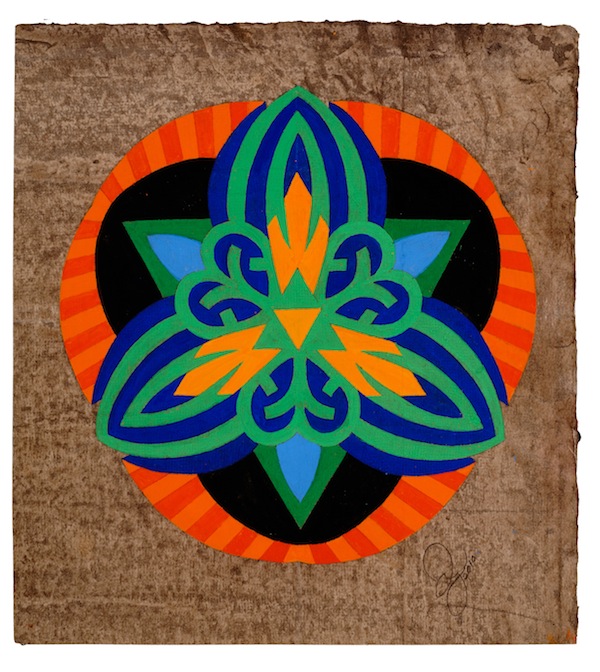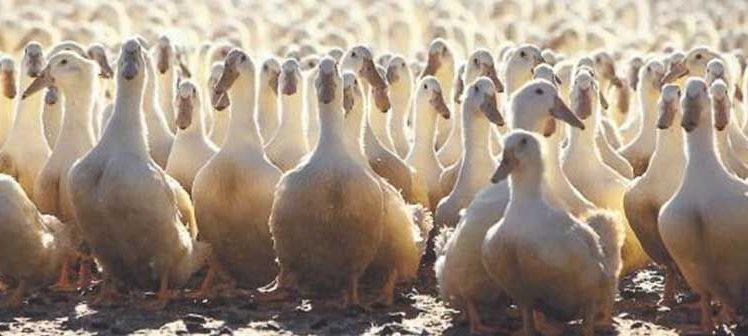New Work at the Drawing Room in East Hampton

East Hampton’s Drawing Room has a habit of avoiding shows with overt themes, concentrating instead on the gallery’s artists. This approach serves the work well, and we critics don’t have to judge whether a particular piece conforms to the designated theme. However, a strange phenomenon sometimes happens as a result: the exhibit takes on a life of its own, and a theme emerges anyway. Such is the case with the current display.
This “theme” is an aesthetic one; that is, juxtapositions exist between formal qualities, especially shapes. The first observation we make is the domination of forms, which defines the art. Such definition may delineate composition or meaning itself. For example, consider Jack Youngerman’s familiar triads and quadrats (to be quite honest, this critic is not a specialist on the meaning of such shapes). Even so, we can compare them to coats of arms and badges, which does make sense. Thus, the forms are geometric abstractions representing stability, clarity and tradition (like coats of arms).
Jennifer Bartlett’s signature structures, like houses, are also familiar, their shapes reflecting diverse styles, like realism and abstraction. A 2005 work, “Backdrop #4,” is not in this show, but it even recalls a bit of Surrealism. One pastel house presently on display, “New York, June 2012,” is more impressionistic, in fact, where shapes blend into one another and capture the spirit of Manhattan’s fantasy-like ambiance. Another pastel cityscape suggests less fantasy, where shapes are well defined, especially the arched windows.
Donald Sultan’s “Dead Bird” series features a horizontal form attributed to small birds, which differs greatly from his signature circular flowers (not seen in this exhibit). Thus, life and death are given obvious meaning through contrasting configurations. While there are no contrasting forms (they are all rectangular) in Mary Ellen Bartley’s series of book stacks, the arrangements of the books differ: some are lined up in a vertical row; one stack is in a horizontal, layered position. The works represent opposing meanings: stasis (vertical rows) versus chaos (horizontal pattern).
Some shapes exist as literal representations with no metaphors attached. Consider Laurie Lambrecht’s photographs of Roy Lichtenstein’s studio where a triangle is placed near a composition book, both objects suggesting tools that were used by the artist. In another work, Lambrecht’s “Drawing, Heating Duct,” a triangular form is part of the heating duct’s structure.
Studio scenes are employed by Timothy Woodman as well, but this time it’s Matisse’s atelier. The rectangular configurations evoke a lack of dimensionality, which captures Matisse’s style. This method also gives credence to the employment of shape that proves the following point: content (the studio) equals form (rectangular).
New Work at The Drawing Room in East Hampton, 66 Newtown Lane, will be on view until April 28. Call 631-324-5016 or visit drawingroom-gallery.com.



